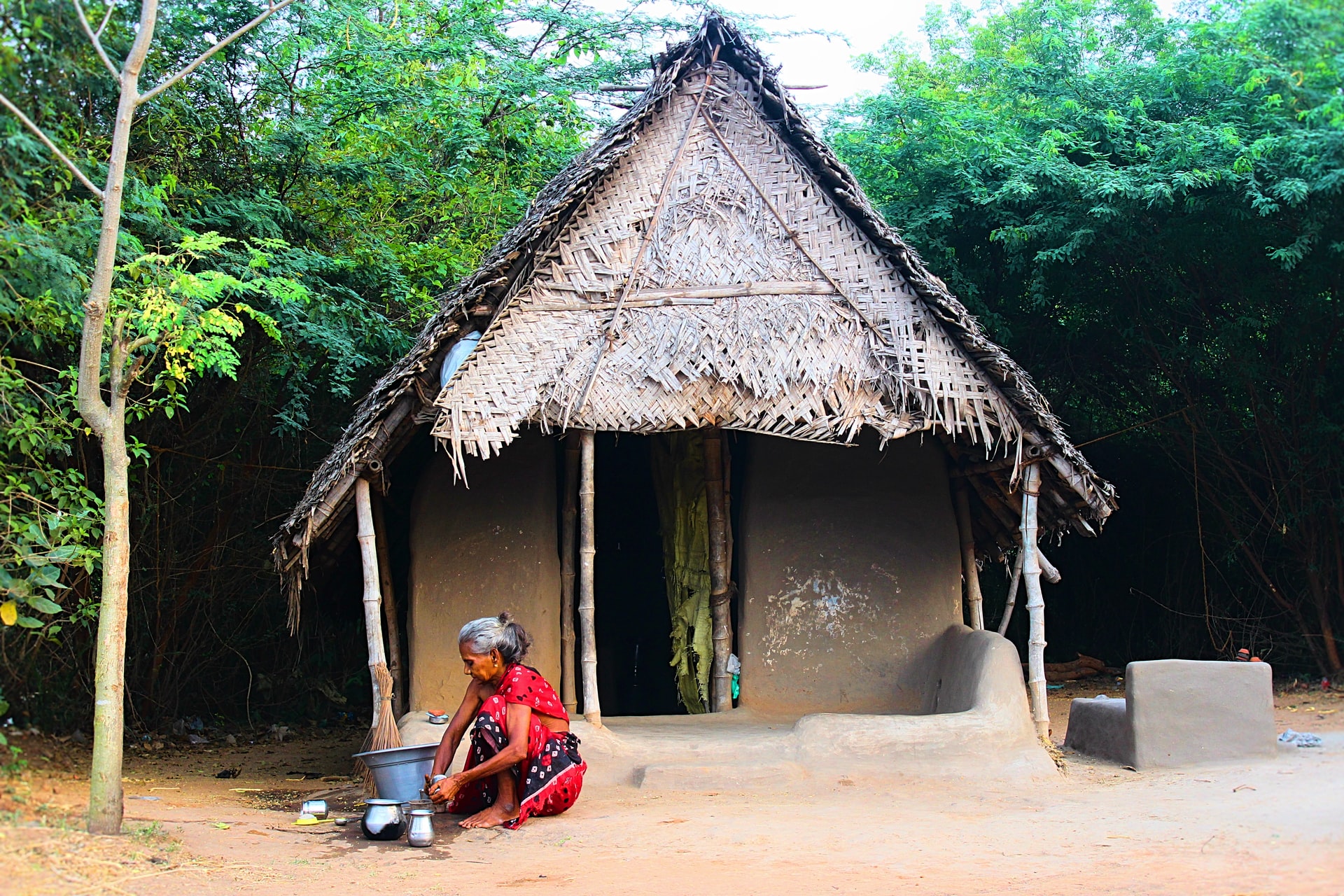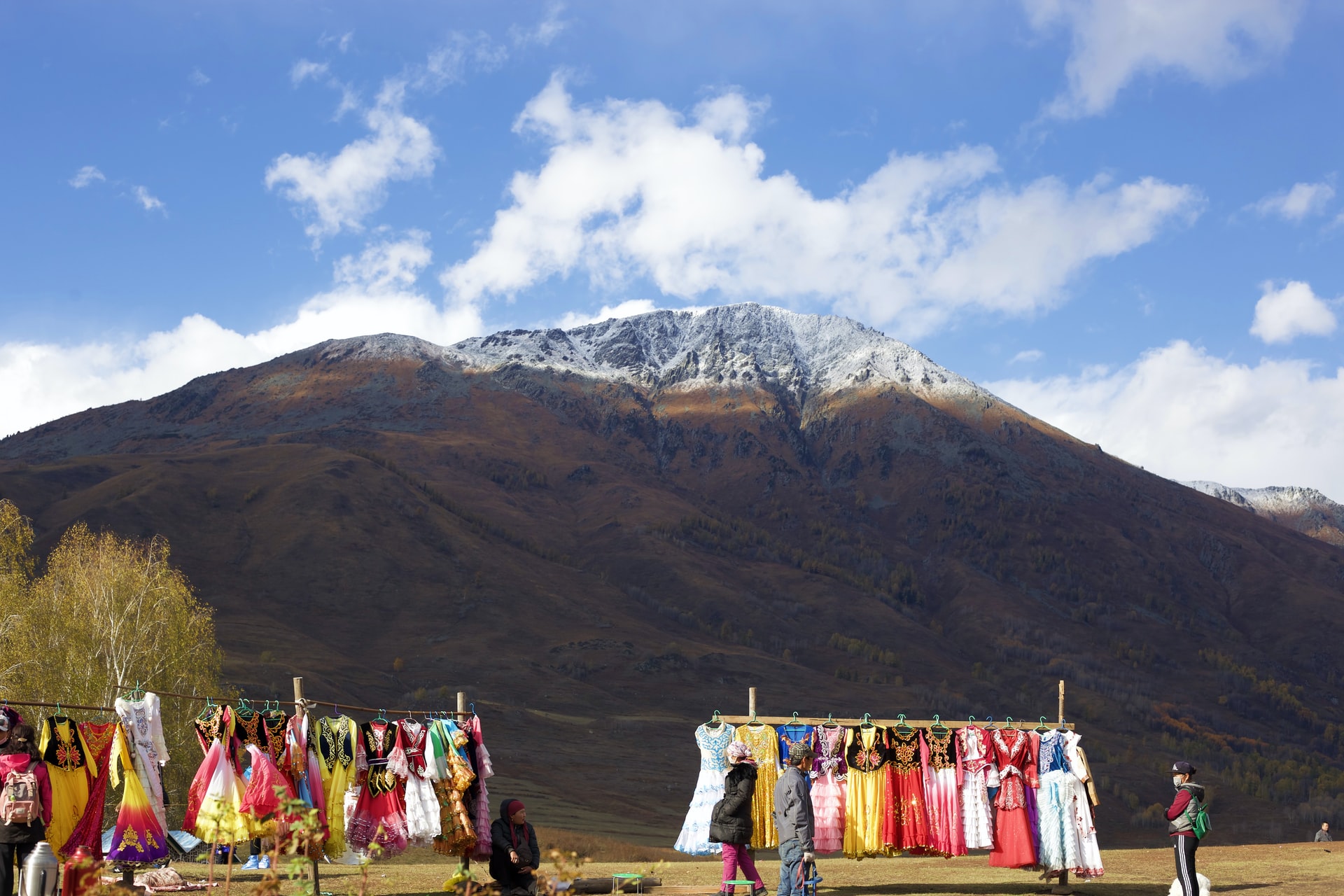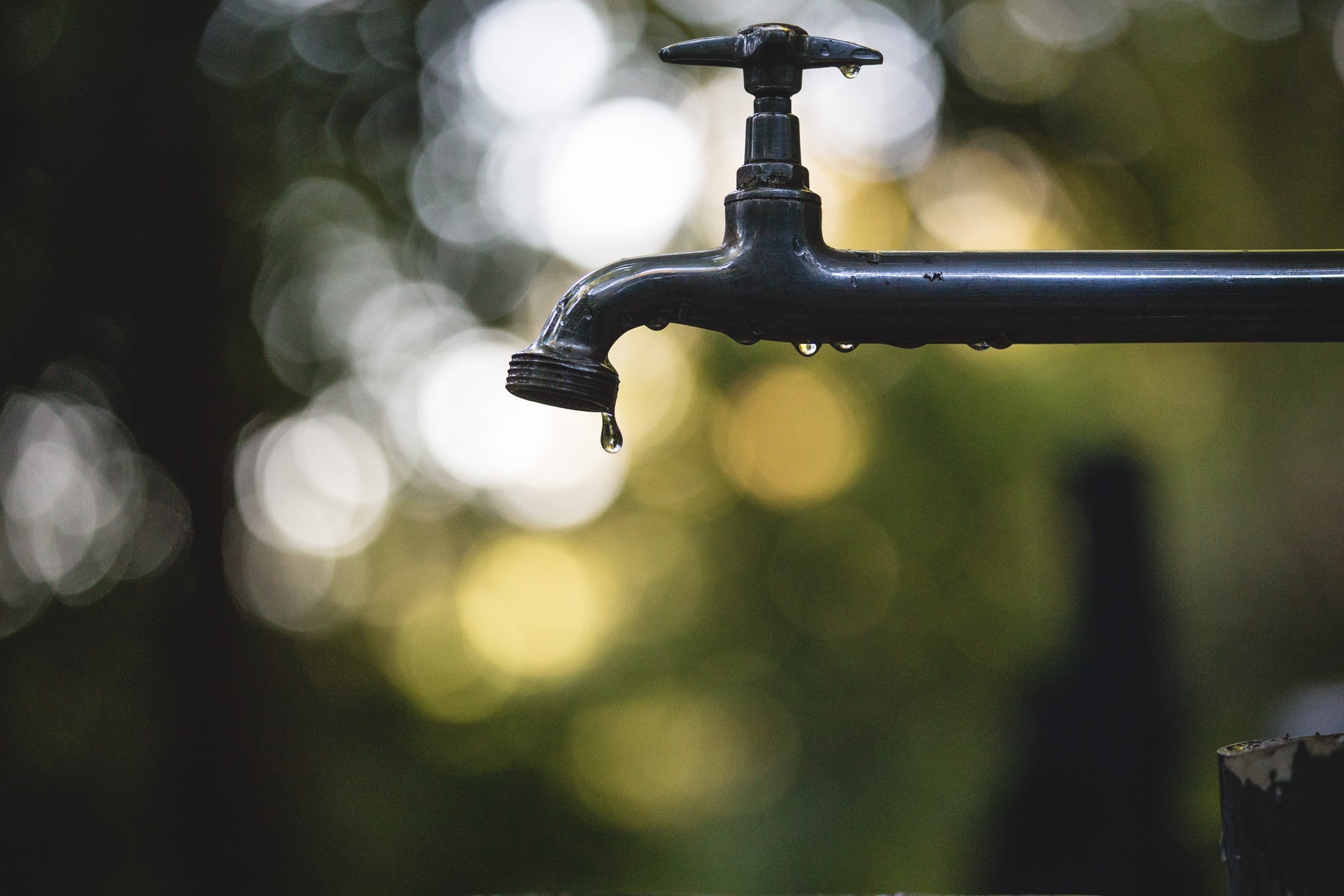First of all, we need to understand the definition of water scarcity in particular. According to widely used Falkenmark Indicator, If annual per-capita water availability is less than 1000 cubic meters, this will be considered as water scarcity condition.
In simple terminology, when there is no access of safe water supplies and lack of sufficient water is considered as water scarcity condition.
India is a vast country with different geographical areas. It is common for Indian to witness floods in one part of the country & drought in another part of the country at the same time.
“India receives mean annual precipitation of about 3880 Billion Cubic Meter (BCM). The average annual water availability, after evaporation, is assessed at 1999.20 BCM. Due to geological and other factors, the utilizable water available is limited to 1122 BCM per annum, comprising of 690 BCM of surface water and 432 BCM of ground.”
Figures are from 2019-20 annual report from Ministry of Jal Shakti, Govt. of India.
877.20 BCM water is lost due to geological and other factors and Government of India is accepting this fact. 249 BCM of ground water is utilized from the total capacity and without any ground water recharge mechanism, there is a sharp decline in the ground water level in the country.
It is estimated that water demand in the country for the year 2025 will be 843 Billion Cubic Meter (BCM. It will rise to 1180 BCM by year 2050. It will reduce the per-capita availability of water. Now we should think about the simple and innovative solutions for water scarcity.
Water scarcity solution for the 21st century India must be simple and understandable for an ordinary citizen of this country. Clean water is an elixir for human survival but more than 1.2 billion people have no access of clean water. Water demand will increase by 40% by 2030 according to a report published in Fluencecorp.
Simple and innovative ways for water scarcity
There are many solutions which an ordinary Indian can implement to resolve water scarcity. We have also created some issues knowingly and unknowingly. We need to understand the problem to implement solution for water scarcity.
Local Water Ecosystem Management
Water ecosystem needs to be understood to resolve water scarcity issues. In rural area of the country, there was a mutual agreement between the farmers to allow canal water supply to fill the ponds. These ponds were used to recharge the ground water level.
When canal supply was halted in the summer, people used to bring drinking water from the wells. They used ponds for their animal’s water needs. This was simple & ecologically sustainable way to value the water. This has changed a lot in many parts of the country now.
There are large reservoir of water constructed in many villages. Water connections is being provided to each household from these reservoirs. Government of India ‘Har Ghar Jal‘ scheme is an initiative to provide quality drinking water at each household through piped water supply or Community Water Purification Plants (CWPP). Kerala is the recent example which announced to achieve its target by 2024.
This will make existing ponds and wells useless. In summer, there is no water in the ponds and wells & also there is an absence of mutual agreement among farmers to fill these ponds from canals. Many animals died in summer due to unavailability of water anywhere.
To provide safe drinking water from piped lines may be a good initiative but it should not be at the cost of dying ponds and wells. It should be the responsibility of all villages to save these ponds and wells to avoid water scarcity in their area.
Water Leakage & non-judicious use of water
It is estimated that around 40 per cent of piped water in India is lost due to leakage. A report in India Today stated that water is not distributed properly when it is supplied through pipes.
Secondly, in urban residential area, people use high capacity electric motors to fill over-head water tanks. In many parts, concerned department releases the water supply at an early hours of the morning i.e. 4 AM. People switched on their electric motors and slept again. It results in overflowing water tanks and immense water loss.
Toilet flush, washing machines, faucets and water leakage at home are also responsible for non-judicious use of water. When people brought drinking water from distant wells, they used the water judiciously. This wastage of water cannot be addressed through any law. This must be an individual behavior to use water judiciously.
In India, water business is a growing sector. Water is being sold through water tankers. They use ground water for their business. There is a rising requirements of water tankers in rural India also. This is one of the reasons of declining ground water level. How to recharge ground water level? Maximum people have no answer. People should learn not to waste water at home.
Agricultural Practices
Agriculture is the main source of employment in India. If water scarcity will become a potent problem in the country, its consequences can be fatal. It is also a reality that there is a lot of water wastage in agricultural practices. Take an example of Rice – according to a report published in Bloombergquint, “More than 5,000 litres of water goes into producing one kilo of rice”.
According to this report, the state of Punjab would turn into a desert if over-exploitation of ground water continues unabated. There is an urgent need to rethink on this major issue. Over-exploitation of ground water through bore wells will make the water saline. Secondly, there is no another way to recharge the ground water level.
Farmers can use smaller flower beds and use narrow pipes instead of wider ones to reduce the water wastage. It is evident that cost per acre on production of any agricultural product is rising everyday. Farmers must think to shift from one crop to another.
If any farmer plans to shift from paddy to maize per hectare in Punjab, it will not only save precious ground water but also precious aquifers can be saved in Punjab. Ministry of Agriculture and NABARD must work on lucrative schemes for farmers.
Rain Water Harvesting
According to Wikipedia, “Rainwater Harvesting (RWH) is the collection and storage of rain, rather than allowing it to run off.” It could be the most effective method to prevent us from water scarcity in future.
More than 500 billion cubic metres of additional groundwater can be generated by roadside rain water harvesting alone. This alone can show the potential of RWH in India.
There are many states and cities in India that notified Rain Water Harvesting mandatory for new buildings. Different states and cities have different parameters for RWH.
Rajastan made RWH mandatory for properties covering area more than 500 Square meter in urban areas while it starts from 300 square meter in Hyderabad.
In Government School in Haryana, official orders regarding Rain Water Harvesting and Roof Top Water Harvesting in the school campus has been circulated. Necessary grants for maintenance of existing structure & construction of new structure has already been released.
There are awareness campaign among students and villagers for the benefits of Rain Water Harvesting. Such conservation of water is a great back up of water in emergency situations. Secondly, it is absolutely free.
Soak Pits
Soak Pit can be defined as a covered, porous-walled chamber that allows water to slowly soak into the ground. It is also called as soakaway or leach pit.
This is another cost-effective method to prevent us from water scarcity. They are basically built for using the waste water to recharge the ground water level.
Soak Pit can be 1.5 to 4 metre deep and it should be 30 metre away from the water source. It can be left empty and lined with a porous material to provide support and prevent collapse, or left unlined and filled with coarse rocks and gravel.
This is perfect in school and close to public water supply utilities. In Haryana, Soak Pits are available near the Drinking Water Taps of students at school. Waste water from these tap is used to recharge the ground water level through these soak pits.
We must understand the expected danger of water scarcity. It is a fire, burning neighbor’s home – it will reach at our home too. Silence today could be clamor tomorrow.








